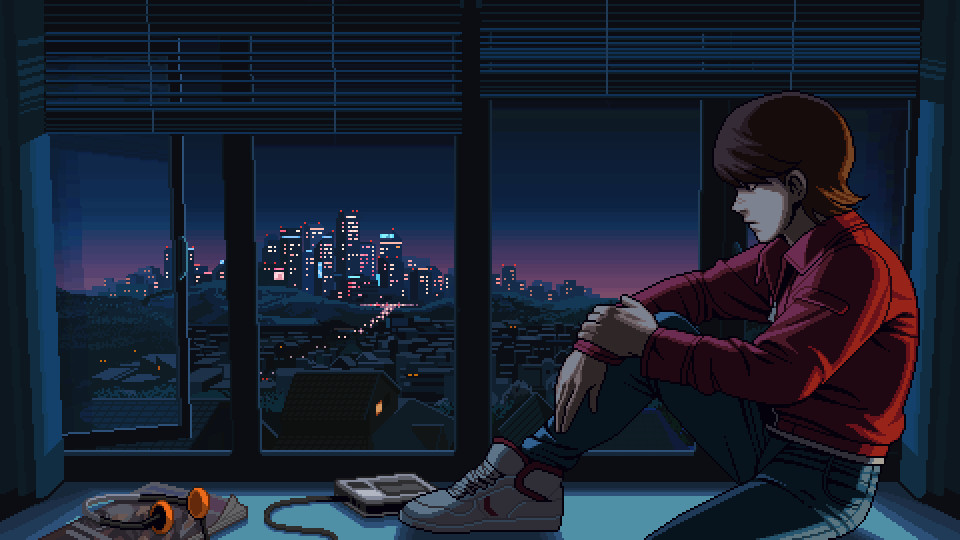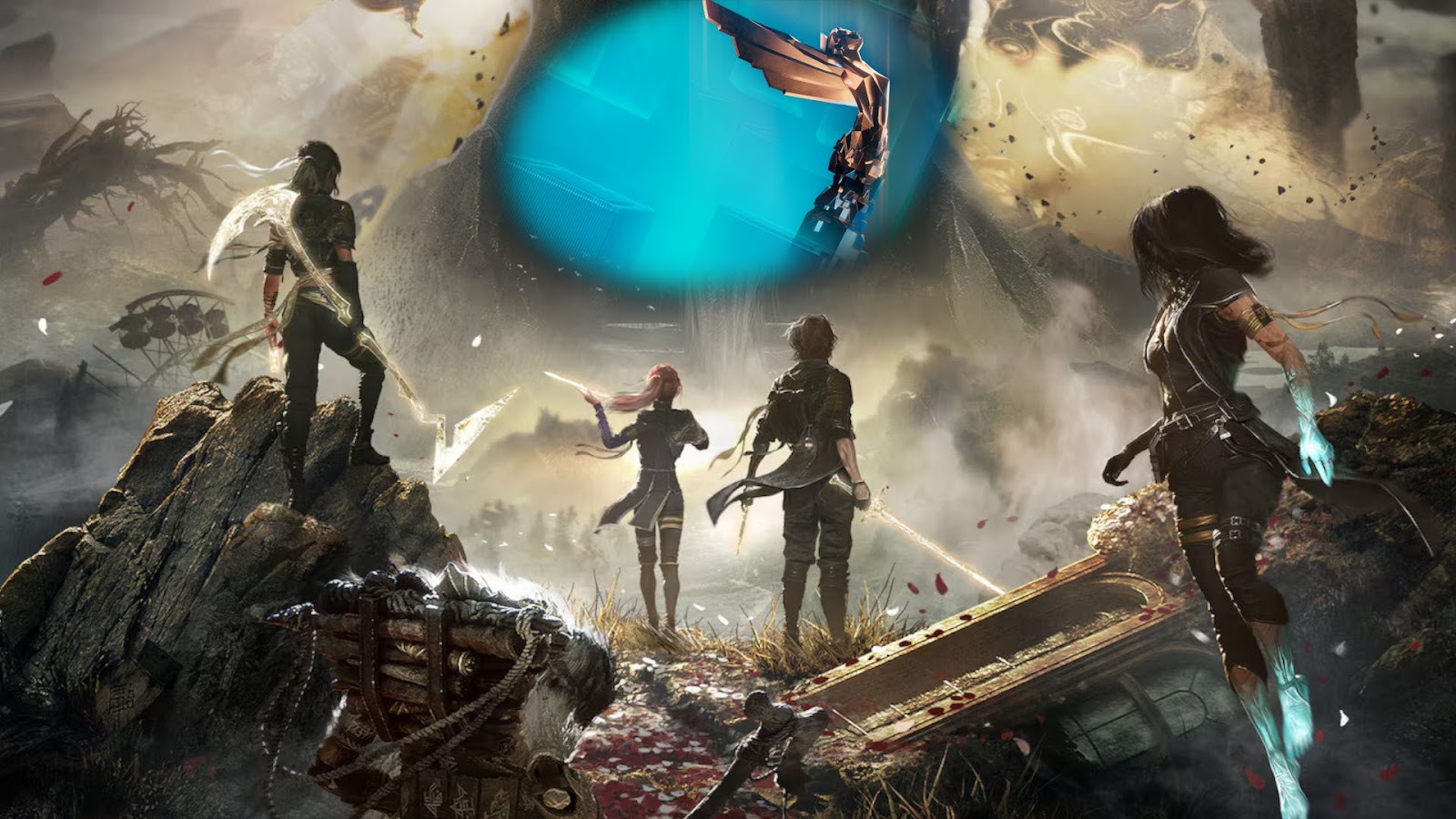You can trust VideoGamer. Our team of gaming experts spend hours testing and reviewing the latest games, to ensure you're reading the most comprehensive guide possible. Rest assured, all imagery and advice is unique and original. Check out how we test and review games here
198X takes place – would you believe – at an unspecified point in the 1980s. No particular year is given, because no particular year is required. As far as pop culture is concerned, that decade wasn’t so much a procession of individual years as a single smear of pastel pink. Its depths are far better parsed than plumbed. And anyway, who wants depth? Who needs characters when you have colourful clothes? Why fill a game with a good plot when there are pump-up shoes to show off? Early on in 198X, we see our hero – named, with similar non-committance, Kid – perched on a window sill, clad in trainers of chunkiest white and a bright red bomber jacket, staring out forlornly at a luminous city. Just next to him, nudging his foot, is a portable cassette player. Message received.
If, like me, you find your toes curling at Ready Player One – as all pop culture is corralled and smelt into an altar for the faithful and the nostalgic – then there’s a good chance you’re already feeling queasy and cautious about 198X. But I’m pleased to report that it doesn’t fetishise the past; instead, it narrows its focus to another dim and dingy patch of hallowed ground far more worthy of worship: the arcade. ‘The basement air was thick with cigarette smoke and 10,000 volts of energy,’ says Kid, whose eyes gaze and gleam. The pixel art cut scenes are furnished with the voice of Maya Tuttle, who lends Kid an awed, smoke-dried whisper. We see Kid’s pupils turn ice-blue, as if downloading the data of a new life: ‘This was something else, something you could not take home with you.’
The details of Kid’s life are kept bare (an absent father, a disaffected drift into adolescence), the better to emphasise the games and their universal power to pull in any and all that require escape. I like the notion, however wishful or woolly-headed, that the arcade is a sort of port of liberty for the outcasts: the tired, the poor, the huddled masses, or, as Kid calls them, ‘some of the coolest uncool people I had ever seen.’ Each chapter of the story is a chunk from a different arcade game; as you play through these, they loop back into the Kid’s days, the themes throbbing through the machines and dictating the telling of the tale. This is the best thing in the game; what better way to communicate the need to flee the confines of one’s youth than to play Out Run? (Or ‘The Runaway,’ as it’s called, so as to keep the patent lawyers at bay.)
That particular segment held me rapt like few other games have managed this year. You screech through an ever-scrolling desert, beneath a fire-hued sky, and emerge from a tunnel into a cool midnight highway. The sounds of the game fade out as the kid’s narration cues up: ‘This was the real thing.’ It’s tough to argue with the sentiment, despite the dreamed-up, false feel of the minigames. It’s a rare moment of message and gameplay in perfect sync, and you sense the static frustration in the voice-over: ‘The speeding cars reminding me that there was a way out… I’d drive all night to get to that place.’ Elsewhere, there are facsimiles of Final Fight, R-Type, and Strider, but none hold the power of The Runaway – which roots its restlessness in the kid’s high school crush, who happens to drive a similar car to the one in the game.
Unlike Ready Player One, 198X isn’t actually about the trappings of another time, hence the lack of brand-powered muscle in its memory of the ‘80s (or should that be the ‘8Xs?). It’s a reverie about a teenager who trudges through their hometown, falls for video games, and feels fed up with life – who wouldn’t grow weary of their own existence when, as the kid puts it, ‘another life was just one credit away.’ The vivifying effect that video games have on Kid each night is offset by the daytime scenes; in one shot, of our hero at the breakfast table, the onset of the banal is signalled by an assault of beige and boring blue. The unplanned effect of the game’s structure is that the reverse is true of our experience. Just as we grow tired of each arcade interlude – and we mustn’t forget that they don’t break fresh ground – we are whisked back into the story.
As I was playing Out of the Void – the R-Type dupe – I found myself bitten by the bittersweet idea that the games into which the kid escapes are now curios, each of which has been packaged and sold in any number of retro collections and remasters. It’s easy to see, within the bounds of 198X, how these games provided the sort of release that they no longer have the power to grant. Rather than treat them as objects of worship, warm knick-knacks to transport you to the distant, bright shores of the past, 198X earths them in a grubby narrative and keeps its attention fixed on Kid. We get everything we need from those wide-eyed, wondrous reactions, and the games become something else. Something they were before. Something you could not take home with you.
198X
- Platform(s): Nintendo Switch, PC, PlayStation 4, Xbox One
- Genre(s): Action, Adventure, Arcade, Indie










